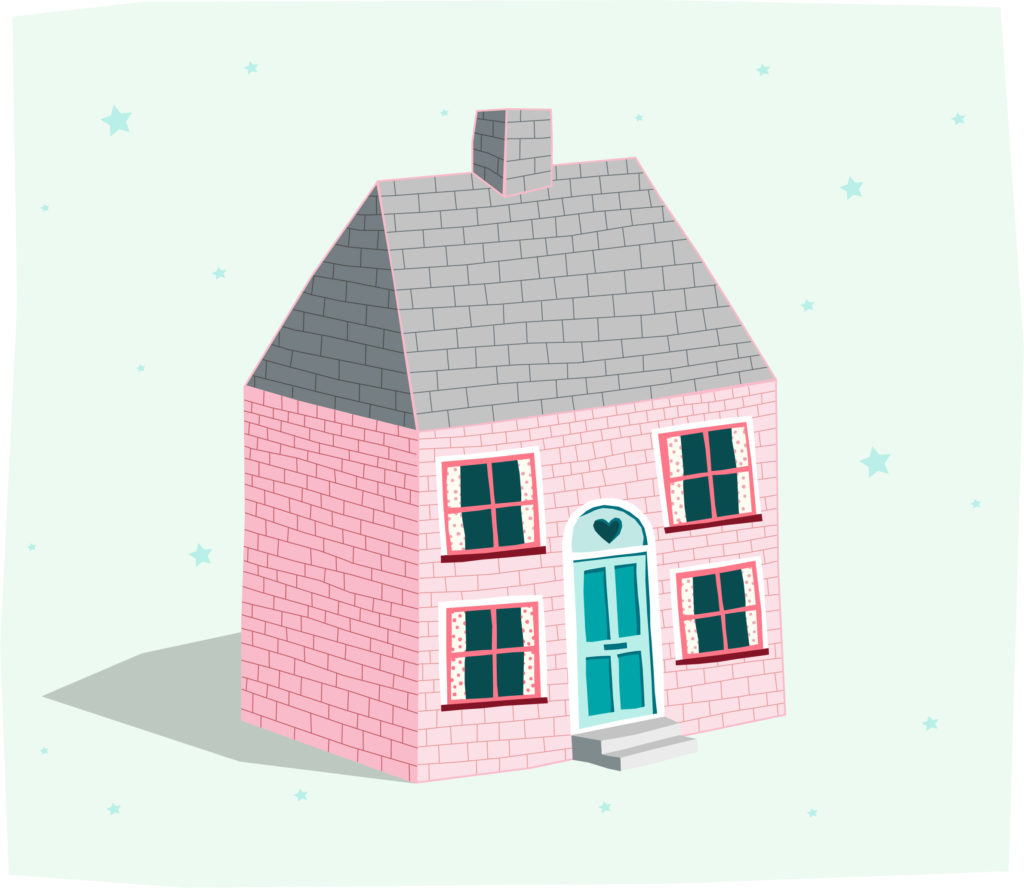The benefits of home adaptations
Making the right adaptations in the home, at the right time, is an important way to help you stay independent. If your home starts to present physical challenges, don’t wait until a point of crisis before modifying. While home adaptations can be expensive, they will often work out to be more cost-effective than other options, such as moving house or going into residential care.
Home adaptations can help you continue carrying out everyday activities, prevent falls and injuries whilst improving your health and wellbeing. As a result, appropriate home adaptations can delay or avoid the need for an elderly or disabled person to move into a care home or sheltered accommodation.
If you’re arranging home adaptations for an elderly or disabled family member or friend, try to involve them as much as possible in the planning process. Home adaptations are more likely to be a success when they are tailored to the individual needs and wishes of the person who will be living with them. In addition, look for expert advice from an occupational therapist who can help advise on appropriate solutions.
Adaptations around the home
There are many adaptations that can help to make different parts of the home safer or more accessible. These range from minor inexpensive jobs, such as installing grab rails in the bathroom or on the stairs, to more extensive projects like installing a stairlift or wetroom.
Stairlifts & Platform Lifts
Stairs are a major cause of falls which have a terrible impact on confidence as well as health. Timely fitting of a stairlifts or platform lifts provide an opportunity for you to be mobile and independent for longer.
Wet rooms, Rise & Fall Baths and Adapted Bathrooms
Our bathrooms are designed to meet your individual needs so that you can continue to live independently and with dignity. By offering a wide range of solutions from wet rooms which maximise space, to rise and fall baths providing therapeutic treatment. This can help transform your bathroom without compromising your style.
Accessible Kitchens
Kitchens are the heart of the home and should be a comfortable space for all. We ensure that kitchens are designed with mobility in mind; that there is sufficient space for wheelchair use, and that the height of work surfaces meet all of the family’s needs. Appliances should be accessible and user friendly.
Improving Access/Egress
Physical challenges to leaving home can be a catalyst for becoming socially isolated. It is paramount that you can enter and exit safely. Many hazards can be overcome by installing handrails in key areas, widening doorways, graded pathways and/or access ramps suitable for wheelchairs and mobility scooters.
Ceiling Track Hoists
Moving around your home should be safe and simple. From bed to chair, to bathroom or into wheelchair; ceiling track hoists provide support, adaptable to a variety of environments without risk of injury.
Sensory Rooms
Sensory rooms combine a range of stimuli to provide a unique sensory experience. For children with developmental disabilities or learning difficulties, a sensory room provides safe space to enjoy.
